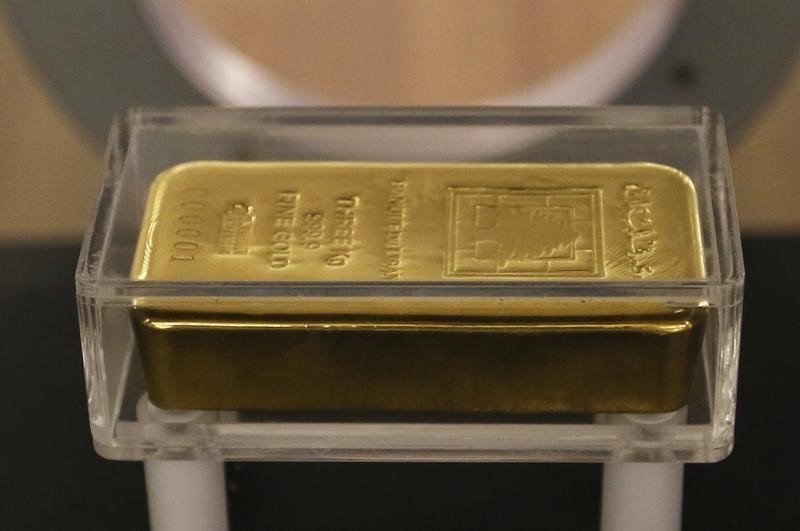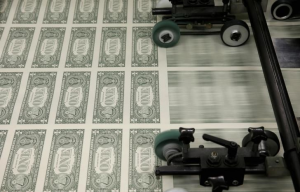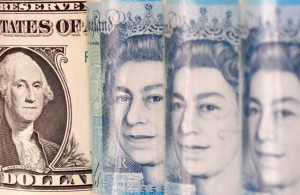Gold prices rose to record highs on Monday, buoyed by increased safe haven demand after U.S. President Donald Trump announced more trade tariffs, this time aimed at commodity imports.
Trump also flagged the potential for more tariffs this week, keeping markets largely on edge. Risk-driven assets retreated across Asia, while the dollar firmed.
But strength in the dollar did little to limit gold’s near-term advance.
Spot gold rose 1.1% to a record high $2,892.30 an ounce, while gold futures expiring in April rose 0.9% to $2,916.05 an ounce.
Trump announces 25% tariffs, sends traders running for gold
Trump on Sunday said he will impose 25% trade tariffs on all imports of aluminum and steel to the U.S., sparking jitters over more headwinds to global trade.
Trump also flagged plans for reciprocal tariffs, which will see U.S. import duties increased to match those imposed by the country’s other trading partners.
The announcement came just days after Trump’s 10% tariffs against China took effect. Beijing had retaliated with its own trade measures against the tariffs.
The tariffs ramped up concerns over an escalating trade war between the world’s biggest economies, which could disrupt trade and bode poorly for global growth.
This notion spurred safe haven plays into gold.
Other precious metals were less upbeat. Silver futures were flat at $32.465 an ounce, while platinum futures rose 0.6% to $1,015.10 an ounce.
Among industrial metals, benchmark copper futures on the London Metal Exchange were flat at $9,416.45 a ton, while March copper futures fell slightly to $4.5990 a pound.
Gold gains limited by rate jitters; inflation in focus
While gold was sitting on strong gains and record highs in the past week, bigger gains were somewhat limited by resilience in the dollar, with traders also bracing for high U.S. interest rates in the coming months.
Analysts and Federal Reserve officials have warned that Trump’s tariffs, which will be borne by U.S. importers, could underpin inflation and give the Fed less impetus to cut interest rates.
To this end, U.S. consumer price index inflation data for January is due later this week, and is widely expected to factor into expectations for U.S. interest rates.













